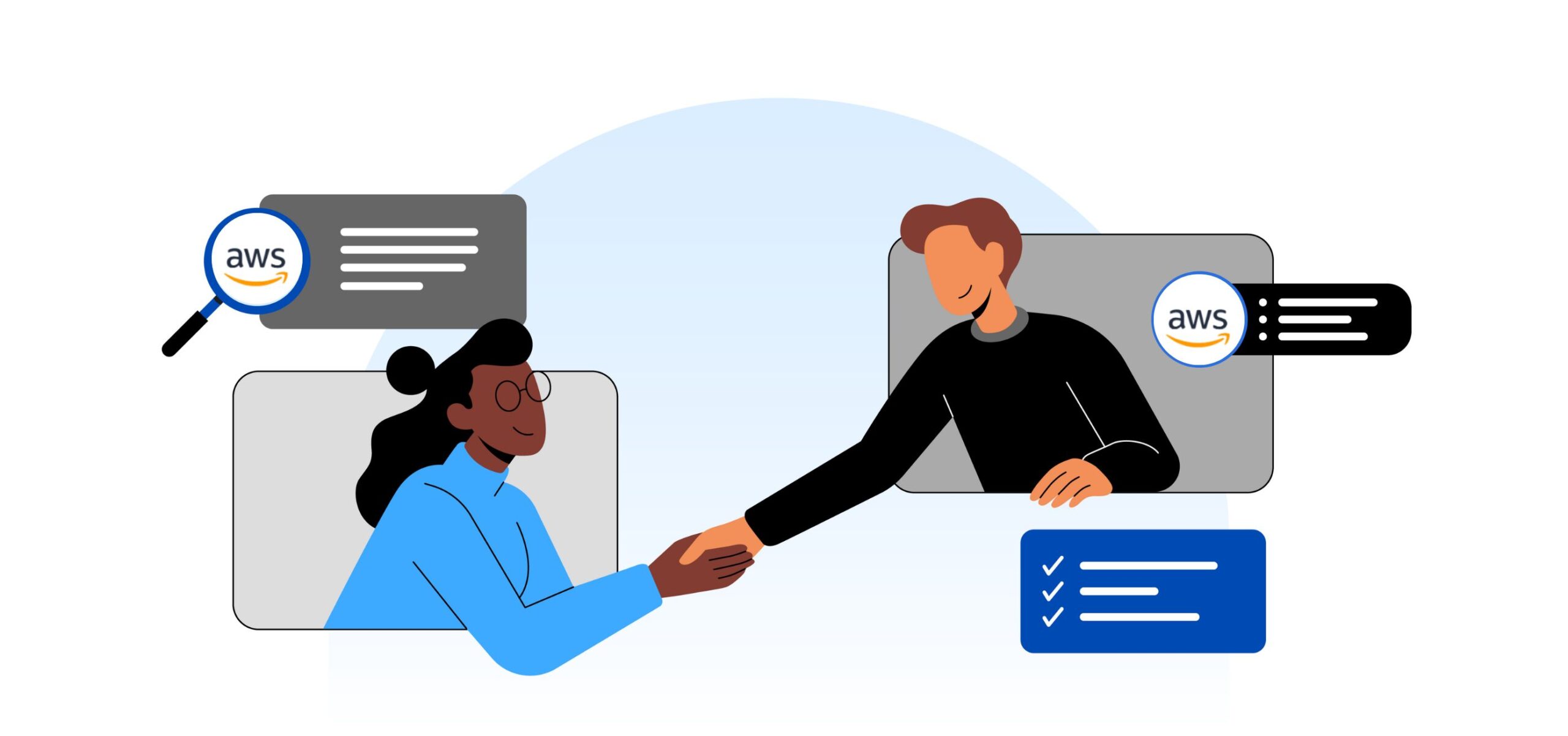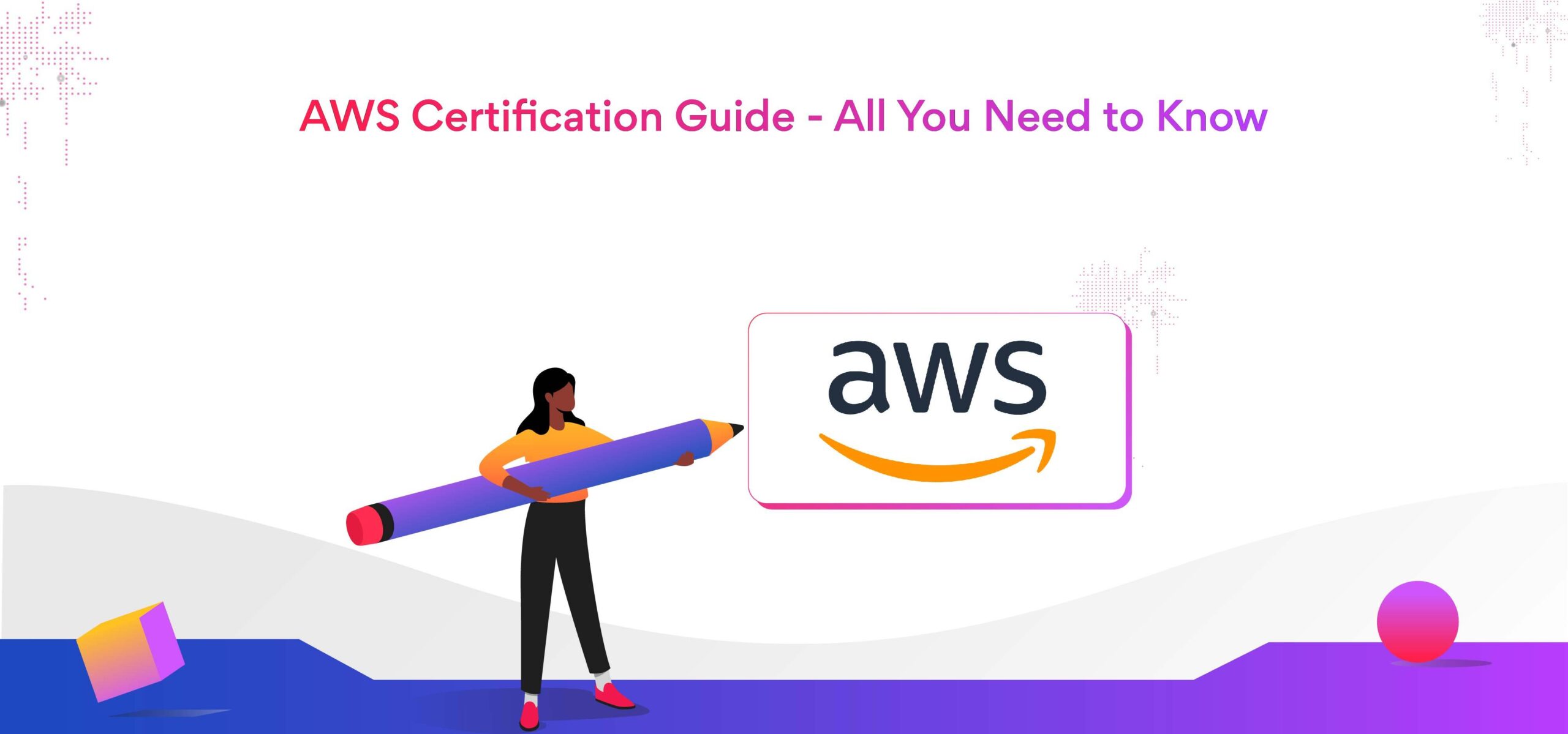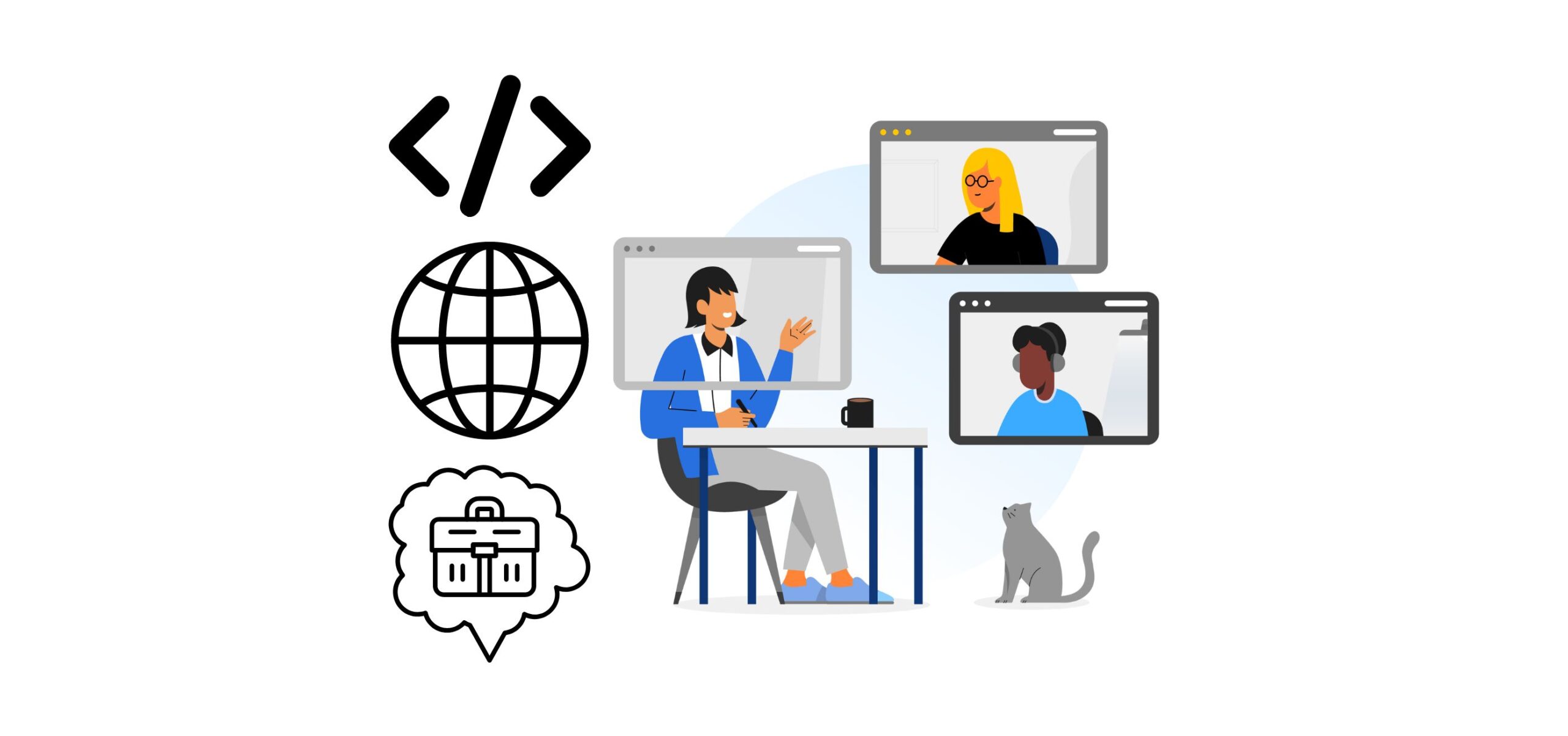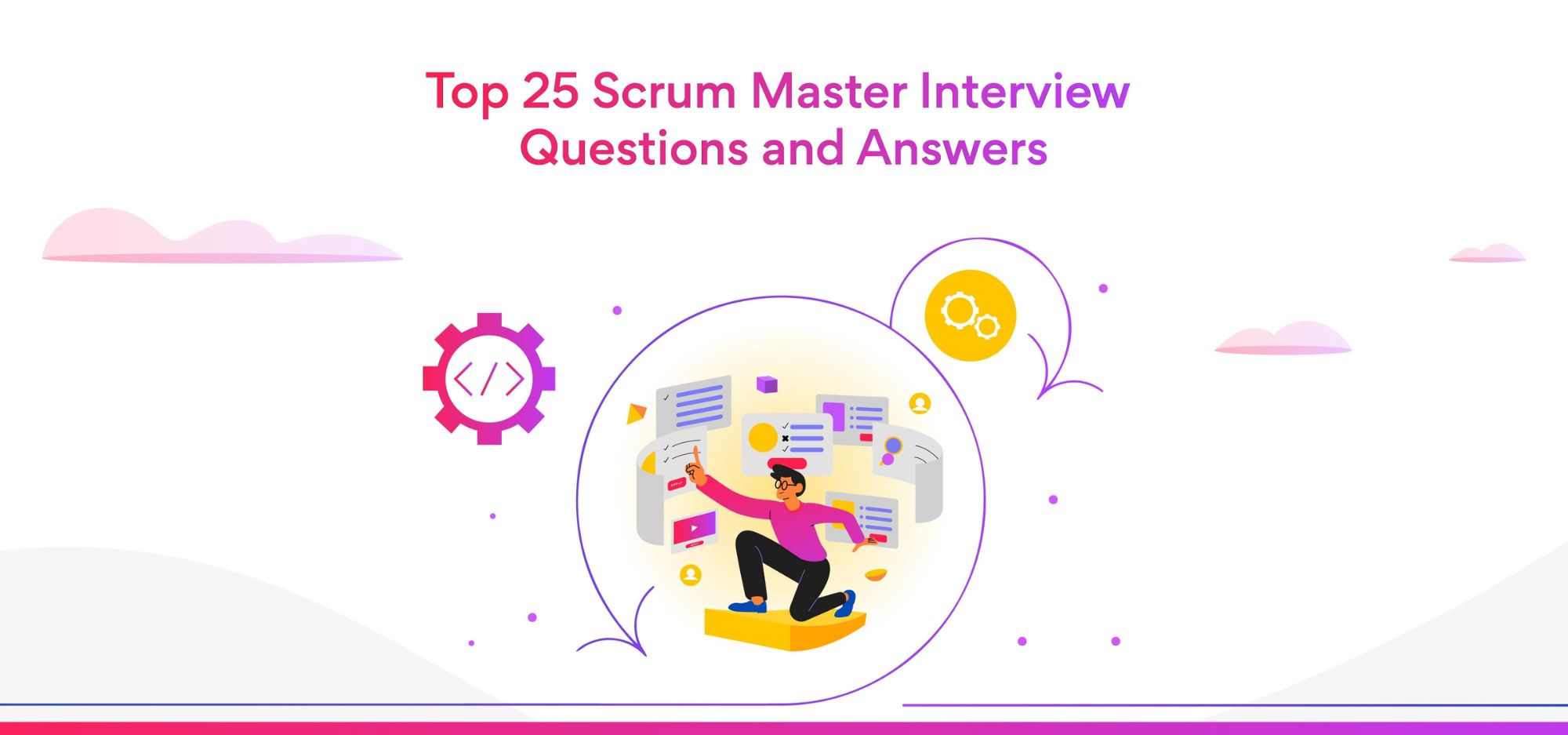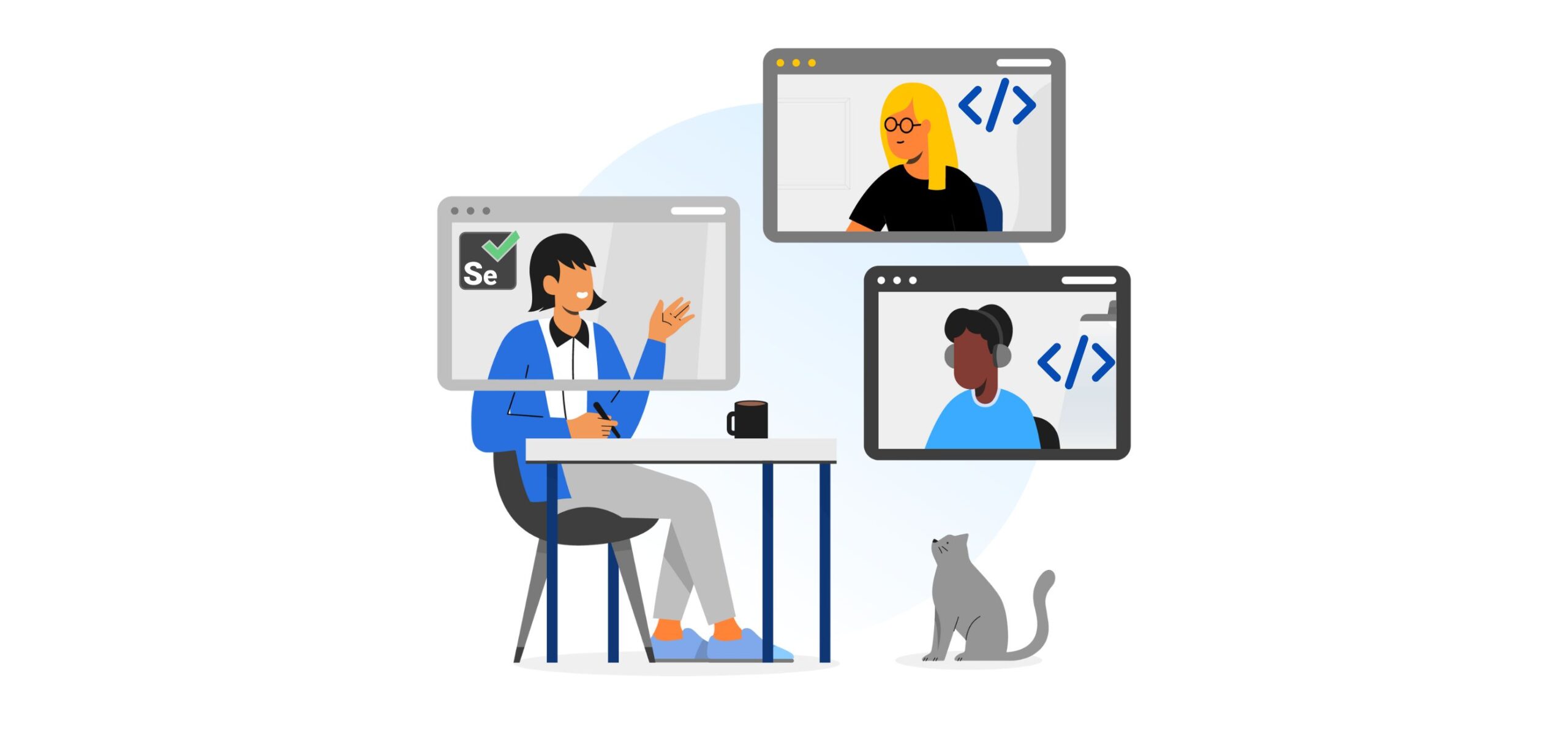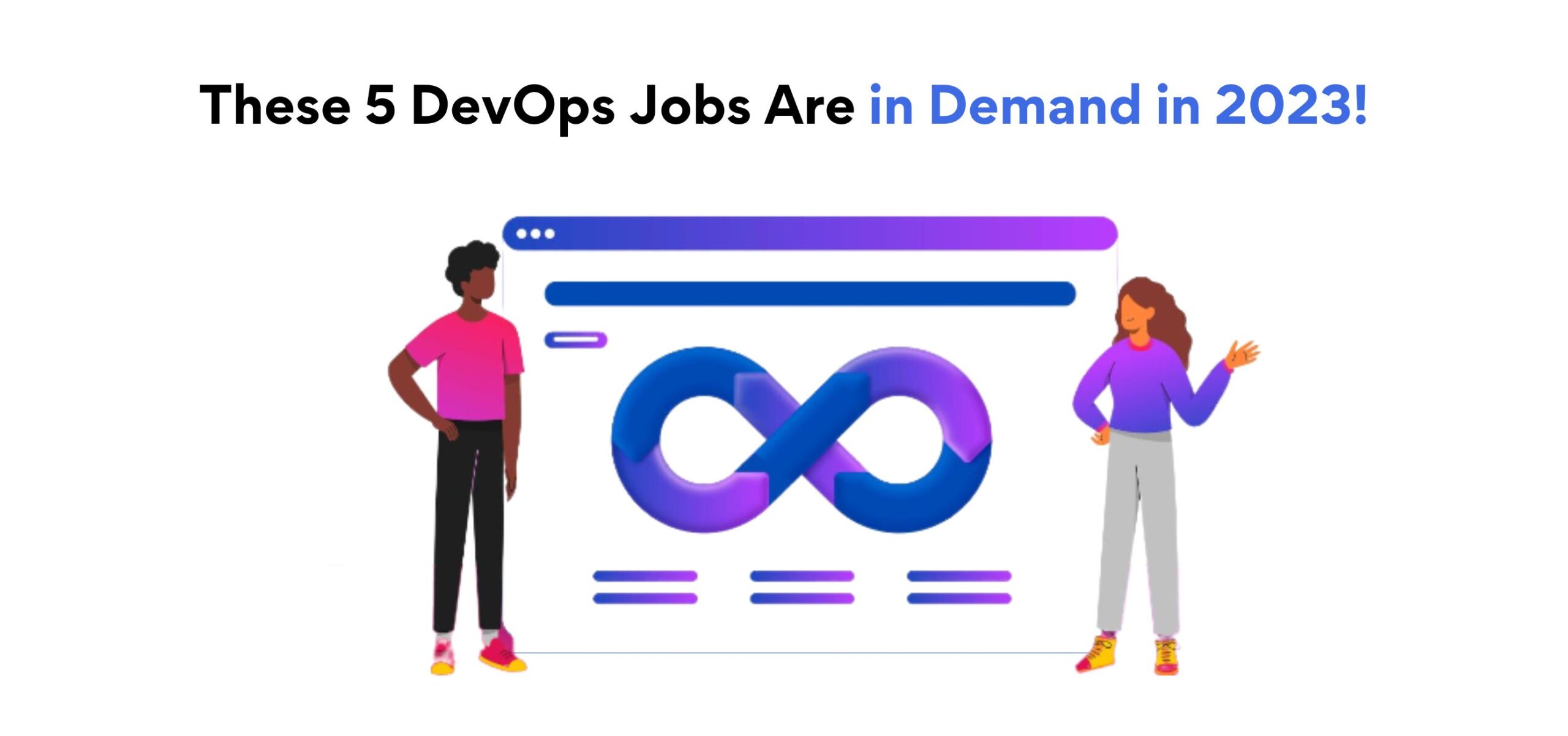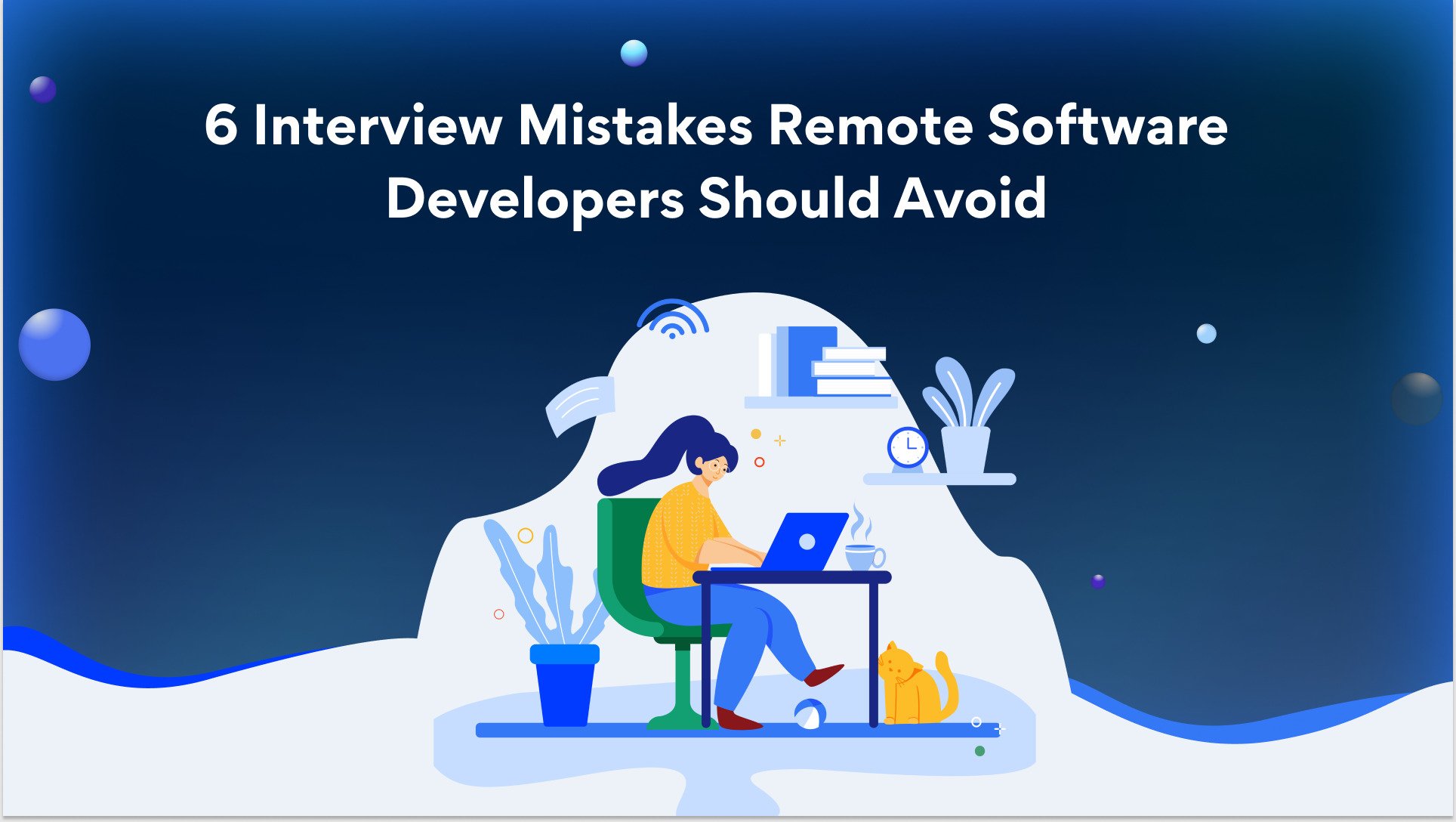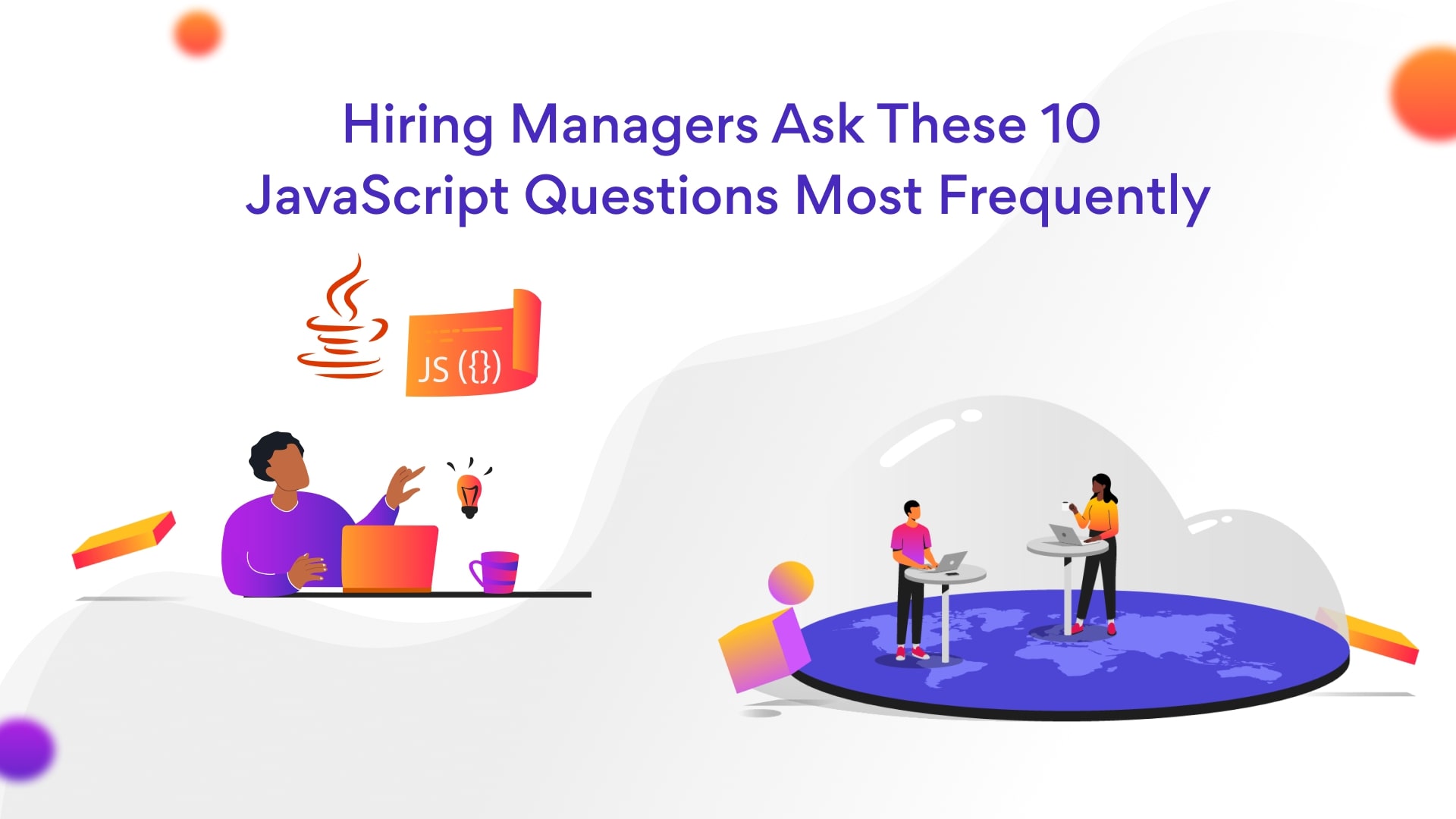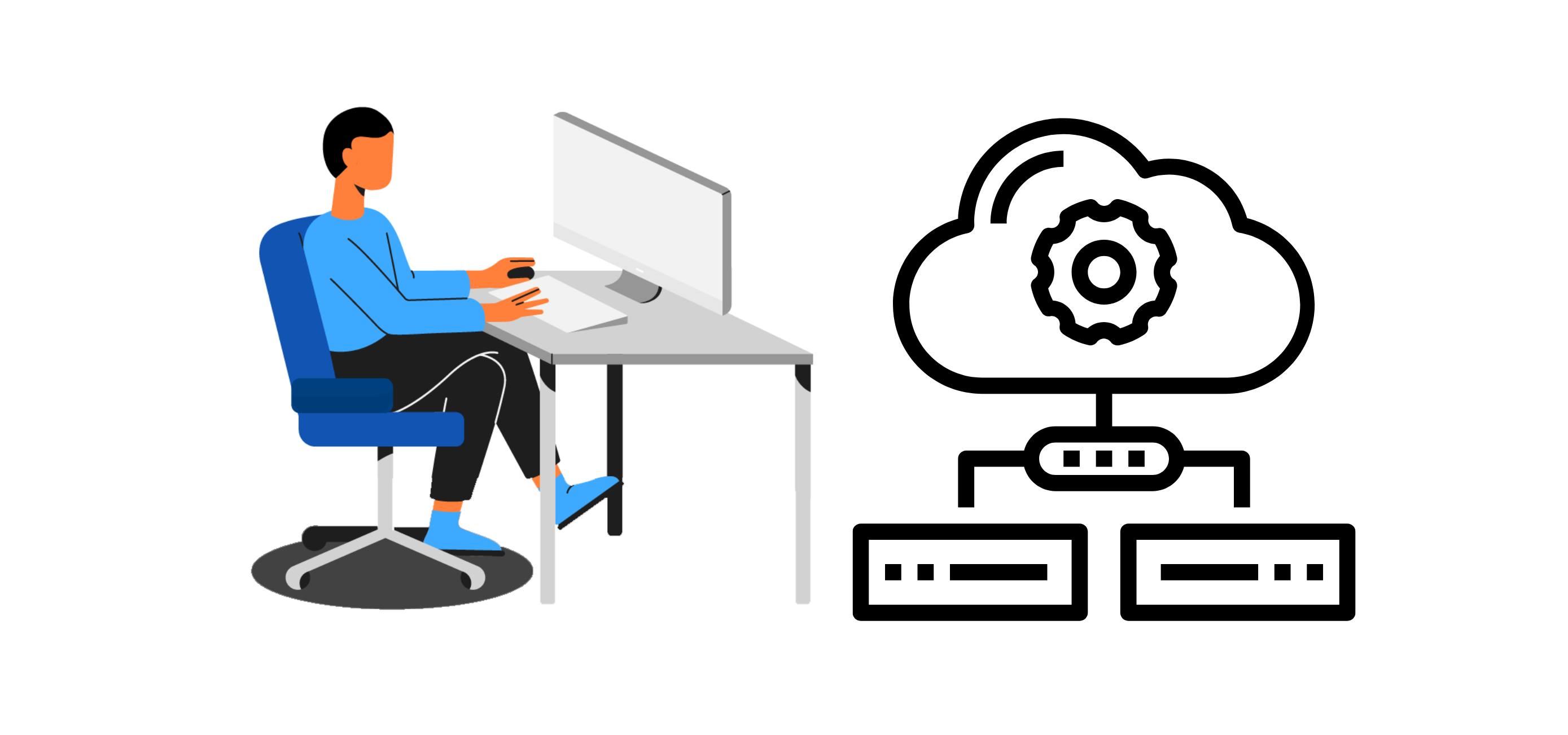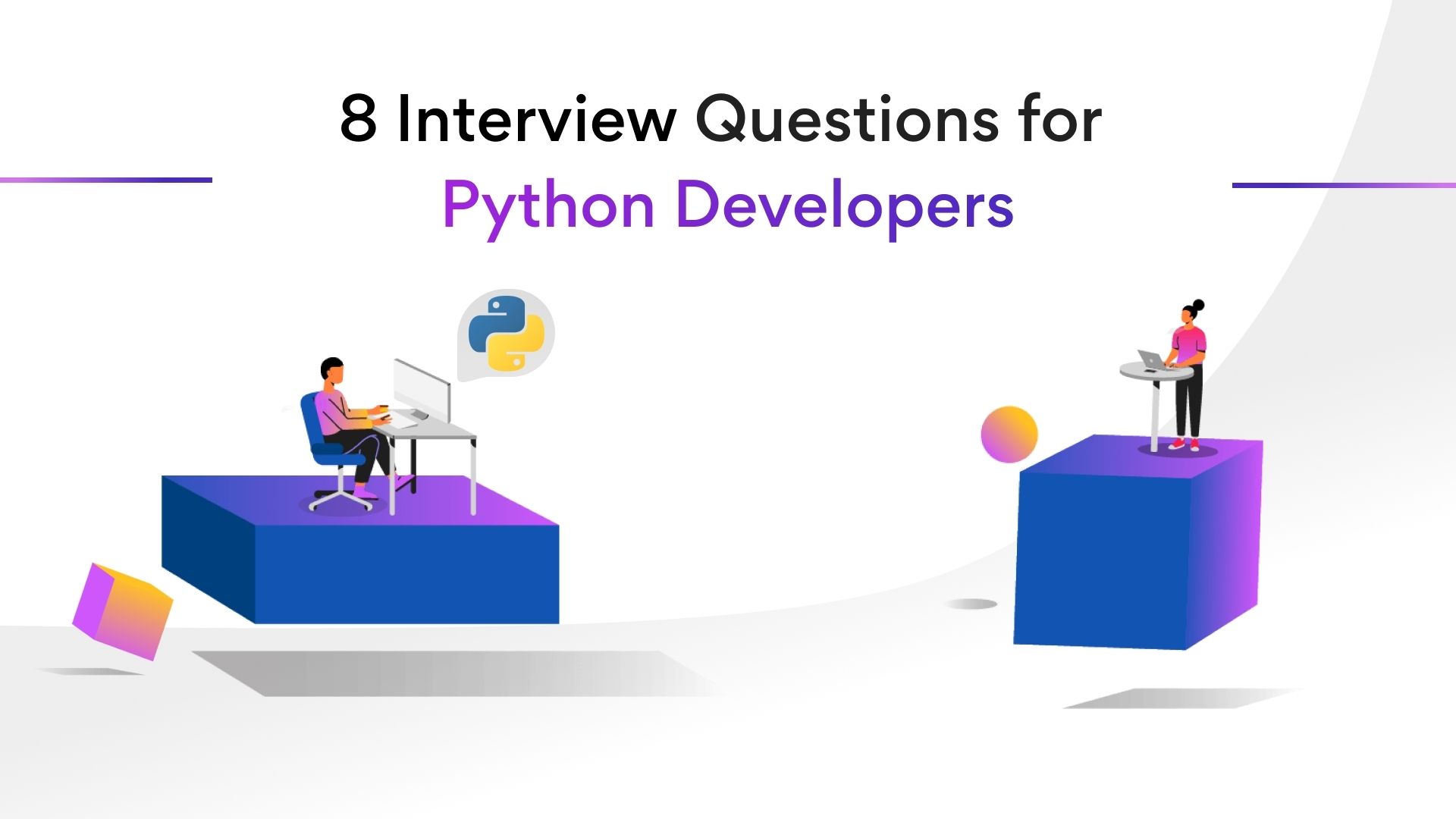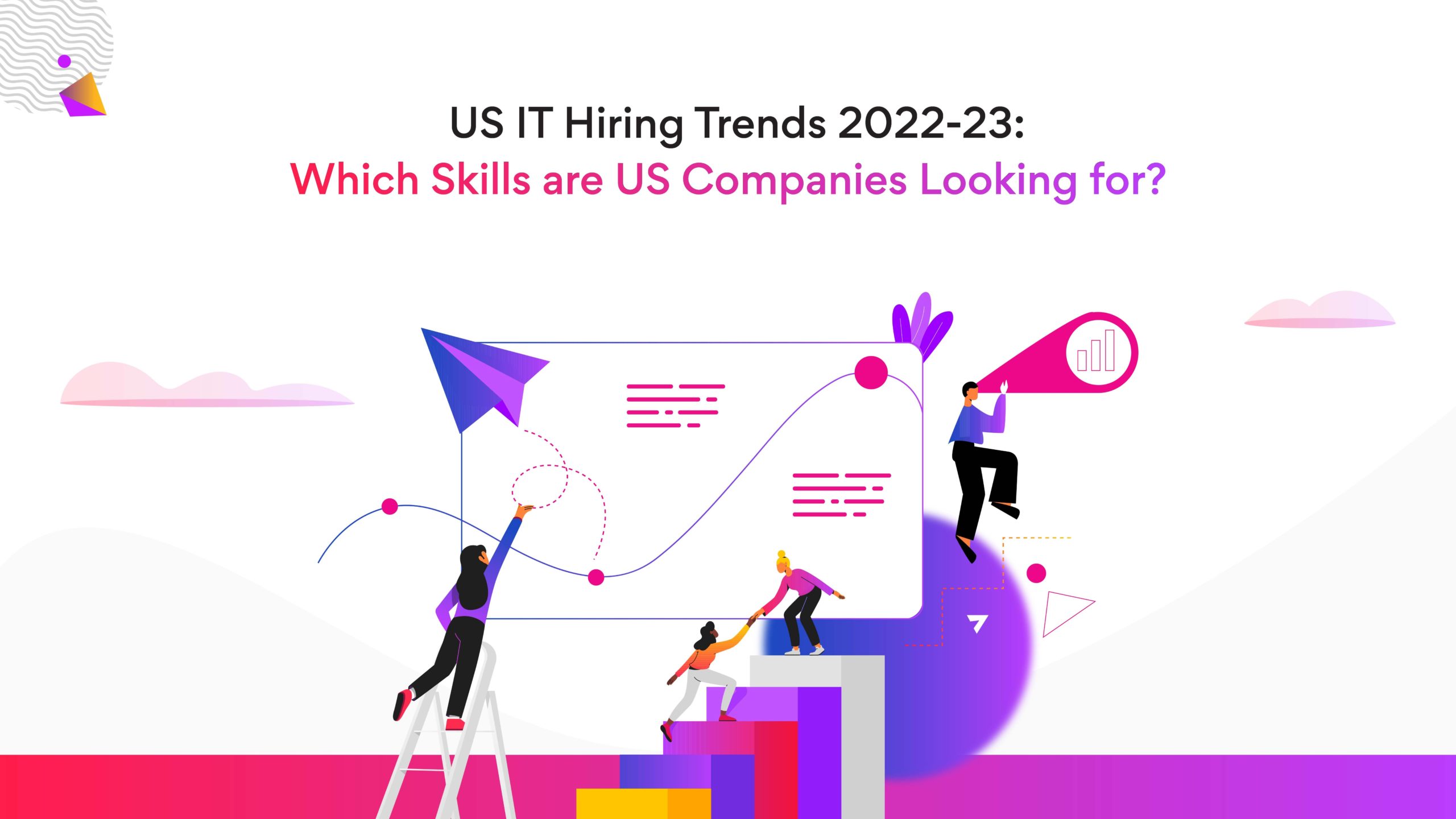Top 21 AWS Interview Questions and Answers for 2023
How can I prepare for the AWS interview? What are AWS interview questions? How do you explain AWS in an interview?
Looking for answers to these questions? Keep reading.
What is AWS?
Amazon’s cloud computing platform, AWS or Amazon Web Services is a subsidiary of Amazon inc. It provides on-demand cloud computing services and APIs to companies, individuals, and governments, on a pre-payment basis. AWS combines infrastructure as a service (IaaS), platform as a service (PaaS), and software as a service (SaaS) products.
Basic-level AWS interview questions and answers
-
What is the importance of ‘buffer’ in AWS?
The distribution of incoming traffic among different AWS instances is optimized thanks to an elastic load balancer. A buffer synchronizes several parts and makes the setup more elastic to a spike in traffic or load.
The components are prone to responding to, and processing queries erratically. The buffer establishes an equilibrium between diverse apparatus and trains them to operate at the same speed to deliver services more quickly. -
Why do developers make subnets?
A large network can be divided into smaller ones by using subnets.
There are many reasons to build these subnets. For instance, by ensuring that traffic intended for a subnet stays in that subnet, the creation and use of subnets can reduce congestion. This action helps in effectively routing traffic entering the network, and lowering the burden on the network. -
What is an Elastic Transcoder?
An AWS Service Tool, Elastic Transcoder assists developers in modifying a video’s format and resolution to support different devices, including tablets, smartphones, and laptops with varied resolutions. -
What is Virtual Private Cloud or VPC?
With Virtual Private Cloud or VPC, developers can personalize a networking setup. A logical barrier separates a Virtual Private Cloud (VPC) network from other cloud networks. VPC enables developers to have their personal subnet, security group, and IP address range. -
DNS and Load Balancer Services come under which type of Cloud Service?
DNS and Load Balancer are a part of the IaaS-Storage Cloud Service. -
What is EC2?
EC2 is a cloud-based virtual machine over which developers have OS-level control. This cloud server can be used anytime developers need it. For example, when developers need to put their servers in the cloud-like how their on-premises servers are, or when they want complete control over the hardware selection and software upgrades for the device. -
What is SnowBall?
With the help of the SnowBall program, developers can move terabytes of data both inside and outside the AWS environment.
Related post: Azure vs AWS: Which is Better?
Intermediate-level AWS interview questions and answers
-
What is S3 in AWS?
With S3 or Simple Storage Service, developers can store and retrieve any amount of data at any time and from anywhere on the web. For S3, the payment model is ‘pay as you go.’ -
How can you send a request to Amazon S3?
As a REST service, Amazon S3 allows developers to send requests using either the REST API directly or the AWS SDK wrapper libraries. -
What is the relation between the AWS Availability Zone and AWS Availability Region?
The AWS Regions span over a huge geographic area and are widely scattered. Availability Zones, on the other hand, are distinct locations within an AWS Region. Also, Availability Zones are designed to be isolated from failures in neighboring Availability Zones. -
What are the advantages of AWS IAM?
An administrator can grant various users and groups granular access using AWS IAM. Different user groups and users may require varying degrees of access for various functions. -
Explain Security Group.
A rule-based virtual firewall that developers use to restrict user access to instances is a security group.
Sometimes, developers choose whether or not to make an AWS instance accessible over a public network when they build it. Additionally, in some conditions, they want that instance to only be reachable from specific networks. In such situations, developers use security groups. -
What is the difference between Spot Instances and On-Demand Instances?
Some blocks of processing power and computing capability remain underutilized when AWS launches EC2 instances. However, Spot Instances are active anytime there is capacity. If developers are flexible with apps’ availability, spot instances are useful.
On-Demand Instances, on the other hand, can be built as and when they are required. Such cases have fixed prices. Such instances won’t be terminated unless developers tell them to, so they’ll always remain accessible. -
What is Connection Draining?
AWS offers a function called Connection Draining. It enables servers, which are either being updated or withdrawn, to continue handling current requests.
If the Connection Draining feature is turned on, the load balancer permits an outgoing instance to finish its existing requests for a predetermined amount of time but won’t send any new ones. An outgoing instance will immediately terminate without Connection Draining, and any pending requests on that instance will fail.
Related post: Top 3 Databases for iOS Mobile Applications
Advanced-level AWS interview questions and answers
-
How will you upload a file that is greater than 100 Megabytes in Amazon S3?
Developers can upload a file that is more than 100 MB using AWS’ Multipart Upload Utility.
Larger files can be submitted in many independent sections using the Multipart Upload Utility. By uploading these pieces simultaneously, developers can also speed up the upload process. The original file from which the pieces were formed is created once the parts have been uploaded and combined into a single object or file. -
Is it possible to change the Private IP Address of an EC2 instance while EC2 is running, or in a stopped state?
No, an EC2 instance’s private IP address cannot be altered.
Each newly started EC2 instance receives a private IP address at the moment of the boot. This private IP address is permanently assigned to the instance and cannot be modified. -
Which kind of scaling would you recommend for RDS, and why?
Vertical scaling and horizontal scaling are the two types of scaling. A master database can be vertically scaled up with the click of a button, thanks to vertical scaling.
There are 18 distinct ways to resize the RDS. However, databases can only be scaled vertically. On the other hand, replicas benefit from horizontal scaling. These replicas can only be carried out using Amazon Aurora because they are read-only replicas. -
What is Power User Access in AWS?
The owner of the AWS Resources will be comparable to an Administrator User. They can grant access to other users for the AWS Resources as well as add, delete, change, or inspect the resources.
Administrator access is provided with Power User Access but without the ability to control users and permissions. In other words, a user who has Power User Access can create, delete, change, or view the resources but cannot allow other users access. -
What are an Instance Store Volume and an EBS Volume?
An instance’s temporary data must be stored on an instance store volume, which is a type of temporary storage. As long as the instance is active, the data is accessible. The Instance Store Volume is removed, and the data is erased as soon as the instance is shut down.
An EBS Volume, on the other hand, is a persistent storage disk. Even when the instance is shut down, the data contained in an EBS Volume will remain accessible. -
How do CloudTrail and Route 53 work together?
Every request made to the Amazon Route 53 API by an AWS account, including those made by IAM users, is recorded by the service CloudTrail. These requests’ log files are saved by CloudTrail to an Amazon S3 bucket. All requests’ information is recorded by CloudTrail.
To find out which requests were sent to Amazon Route 53, the IP address from which they were sent, who sent them, when they were sent, and other details, use the CloudTrail log files. -
What are Key-Pairs in AWS?
The Key-Pairs are password-protected login credentials for the Virtual Machines that prove users’ identity while connecting the Amazon EC2 instances.
Bottom line
Every developer who wishes to succeed in the competitive world of cloud computing needs to be well-versed in AWS. Therefore, if you’re interested in the position of AWS Developer, these AWS interview questions will help in your preparation.
However, practice as much as you can because some companies frequently invite many candidates and purposely increase the competition to find the best candidates.
Visit Turing.com if you are having trouble finding an AWS developer job. With Turing, you can join a network of the best software professionals in the world and find full-time, remote engineering and software development jobs with excellent pay and room for advancement.
FAQs
- How can I prepare for an AWS interview?
Here are the top five things to learn for an AWS interview:- Object storage with AWS S3.
- Hosting and deploying a static website with AWS S3 and CloudFront.
- Creating a serverless function with AWS Lambda.
- Spinning up a managed server with AWS EC2.
- AWS acronyms, for example, AES, ADFS, ASG, etc.
- What are AWS interview questions?
Here are the top five questions for an AWS interview:- What is the importance of ‘buffer’ in Amazon Web Services?
- Why do we make subnets?
- What is the relation between the Availability Zone and Region?
- What is an Elastic Transcoder?
- What do you understand by VPC?
- How do you explain AWS in an interview?
Amazon’s cloud computing platform, AWS or Amazon Web Services is a subsidiary of Amazon inc. It provides on-demand cloud computing services and APIs to companies, individuals, and governments, on a pre-payment basis. AWS combines infrastructure as a service (IaaS), platform as a service (PaaS), and software as a service (SaaS) products.
Join a network of the world's best developers and get long-term remote software jobs with better compensation and career growth.
